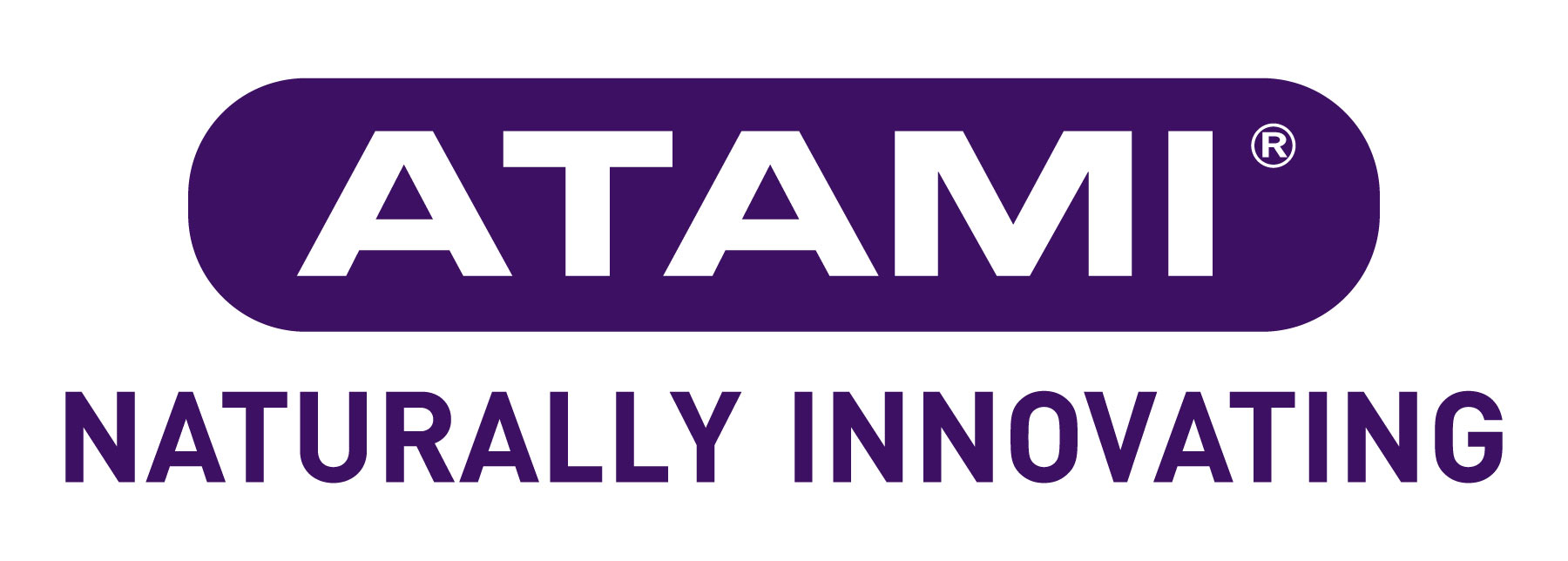The A-Z Of Essential Nutrients For Plants
I'm sure you've heard the phrase "Essential Plant Nutrients" before, but what does it mean? We've compiled a list of the essential plant nutrients and what makes them essential.
Nitrogen: Nitrogen is one of the crucial nutrients for plant growth, and it is necessary to form amino acids – the building blocks of protein. Nitrogen is essential for plant cell division and is directly involved in photosynthesis, and it aids in the production and use of carbohydrates. A nitrogen deficiency can reduce yields, cause yellowing of the leaves and stunt growth. Nitrogen deficiencies are common in the vegatative phase - for more information check out our previous blog post about Nitrogen deficiencies.
Phosphorus: Phosphorus is essential to your plants right from the get-go. It is necessary for seed germination promotes early root formation and growth. Phosphorus is essential for fruit and vegetable formation and quality. It can also help hasten maturity and stress resistance. If your pH drops below 4, phosphorus will be locked out and unavailable to your plant. Phosphorus deficiency symptoms include stunted growth and premature drop of fruit & flowers. Purple colouring and brown spots on the leaves can be another symptom of a phosphorus deficiency. For more information on Phosphorus deficiencies check out on blog post on it.
Potassium: Potassium is an activator of several enzymes that are required in photosynthesis and respiration – without potassium, photosynthesis ability would drastically decrease. Potassium is essential for transporting sugars, carbohydrates, and phloem, enhancing colours and flavours in fruit and vegetable crops and increasing oil content. A potassium deficiency can be spotted in the leaves – they will curl inward and have spots, and some leaves will even look burnt.
Silica: Silica is vital to plants in various ways – so much so that we wrote a blog on it! Silica helps strengthen cell walls, making the plant more rigid and more resistant to pests. It also helps with drought and cold tolerance. Foliar use of silica is even shown to help reduce aphid populations. Silica, while it is not considered as essential as some of the other elements, we believe every gardener should use it in some way or another.
Magnesium: Magnesium is a critical structural component of the chlorophyll molecule. It is necessary to activate plant enzymes that help produce carbohydrates, sugars, proteins, and fats. Magnesium improves the utilization of Iron and Phosphorus, helping to make them more available to the plant. Magnesium also helps the plant to mature and aids in fruit/nut development. A magnesium deficiency is one of the most common deficiencies you will encounter, and it usually goes hand in hand with a calcium and iron deficiency. The plant's leaves will start to yellow and can begin to droop. A foliar spray of plant food is the quickest way to remedy a magnesium deficiency.
Calcium: Calcium is a structural component of cell walls and aids in water movement in plant cells. It is essential for all plant growth, even aiding some plants with nitrogen uptake. Calcium is essential for nut development in peanuts, and it can help to stimulate microbial activity and aids in fruit development. Calcium, along with magnesium, is one of the most common deficiencies you will come across. A deficiency of calcium causes stunting of new growth, and black spots can appear on both leaves and fruit.
Iron: Iron is essential for electron transport and chlorophyll formation, necessary for photosynthesis and respiration. High pH levels can cause an iron lockout, and iron levels can become toxic to plants in waterlogged soils. The main symptom of an iron deficiency is interveinal chlorosis – meaning the leaves are yellow while their veins turn dark green.
Manganese: Manganese is essential to only a handful of enzymes, one of which is crucial to the photosynthetic evolution of oxygen. It also aids in the availability of phosphorus and calcium to the plant. A manganese deficiency can be spotted by the veining of the leaves getting lighter and possibly browning. In highly acidic soils, Manganese can be found at toxic levels.
Zinc: Zinc is essential to DNA replication, protein, synthesis, membrane integrity, carbohydrate formation and more. Zinc deficiencies can cause a reduction in leaf size, shortened internodes and chlorosis. Zinc can become toxic if pH levels are kept low for too long.
Copper: Copper is essential to photosynthesis, respiration, electron transport, and several other key processes. Copper deficiencies affect fruit and seed formation more than the vegetative phase.
Molybdenum: Molybdenum is required to form the enzyme nitrate reductase – this reduces nitrates to ammonia via bacteria located in root nodules. Without adequate levels of molybdenum, the synthesis of proteins can be blocked.
Chlorine: Chlorine is involved in osmoregulation – regulating the movement of water and other solutes into and out of cells. Chlorine is also involved in the regulation of stomata opening/closing. A chlorine deficiency will present itself with wilted leaves, stunted root growth and chlorosis.
Nickel: Nickel is essential for iron absorption and helps break down urea into usable forms of nitrogen.
Boron: Boron is essential for membrane integrity, calcium uptake, root elongation, cell wall synthesis and many more. Boron can drop out at low pH, and deficiency can have drastic effects. A boron deficiency can include die-off in young leaves and flower/fruit, plants can fail to fruit, and fruit can appear discoloured and flecked with brown spots.
Sodium: Sodium is involved in water movement and ionic balance. It is essential for most plants, but some don't use it.
Cobalt: Cobalt is required mainly in legumes as it helps to balance nitrogen.
Sulphur: Sulphur is a structural component of amino acids, enzymes, proteins, and vitamins – making it essential to plant growth. It is considered a background element, but its work is still important. Sulphur is found in most water supplies, so you will rarely encounter a sulphur deficiency, but if you do, it will appear as chlorosis. Chlorosis is the yellowing of leaves caused by a lack of chlorophyll.
These elements all work together to provide plants with everything needed to grow and thrive. Most of these elements are available in small amounts in your plant food.












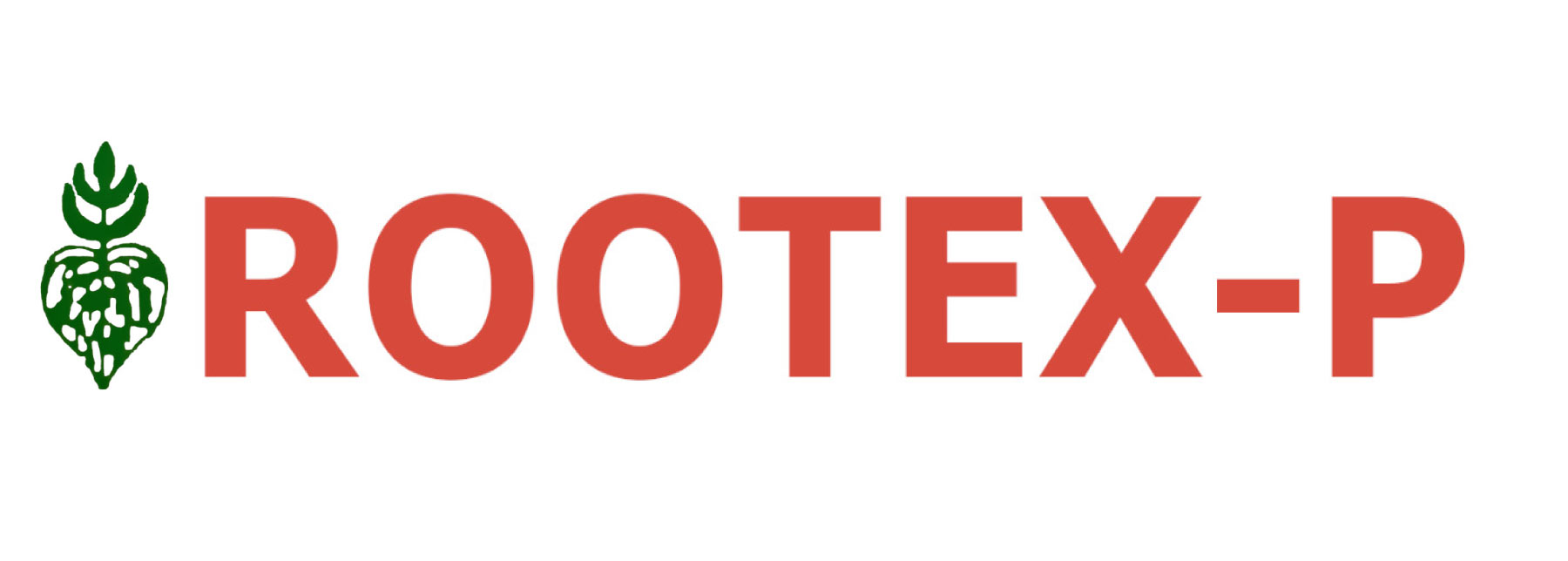























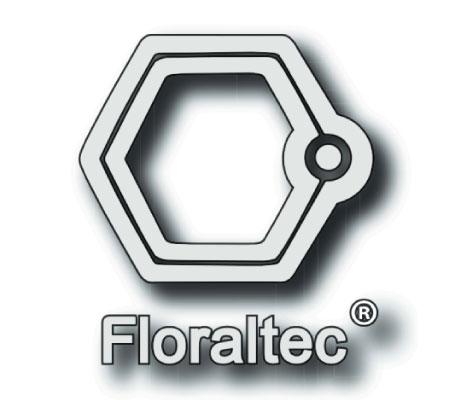



























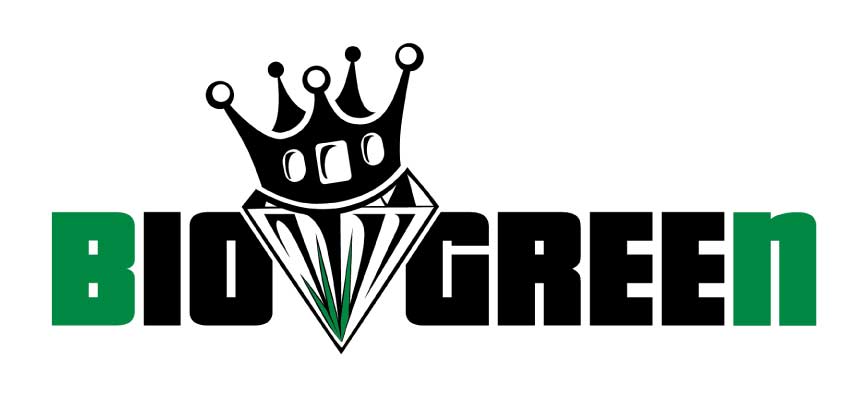











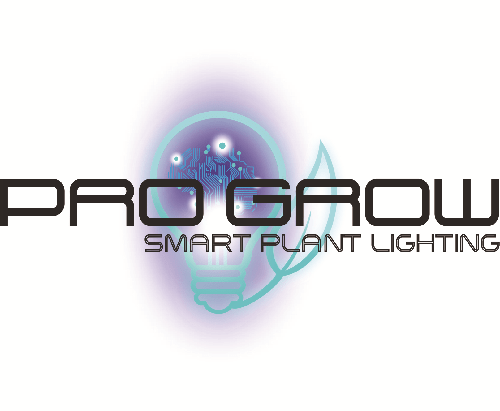




-hyalite.jpg)





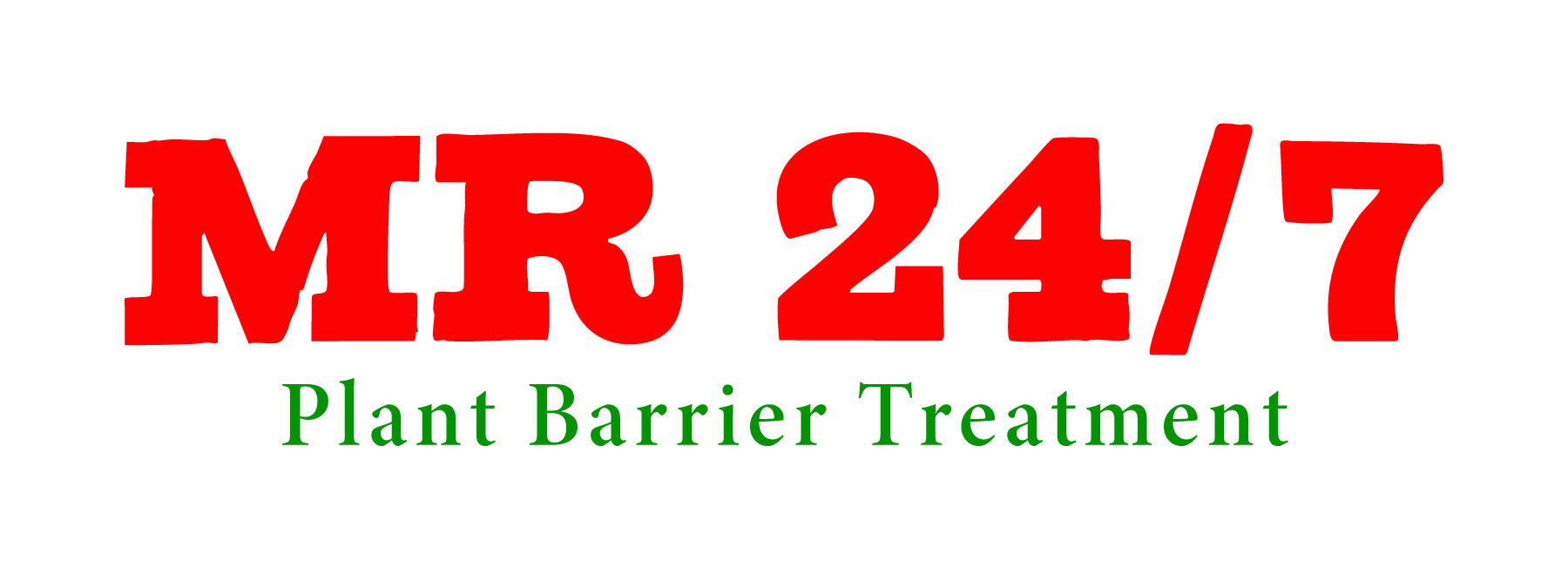



























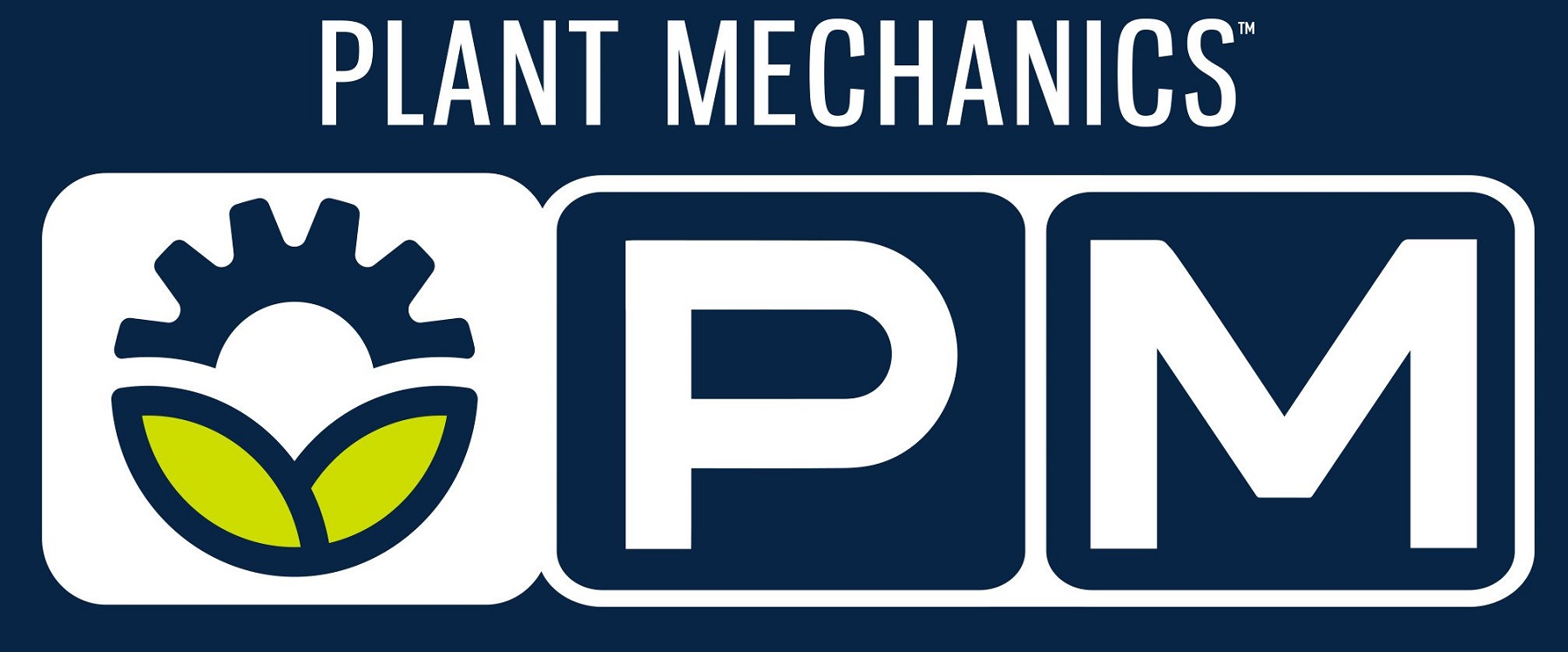














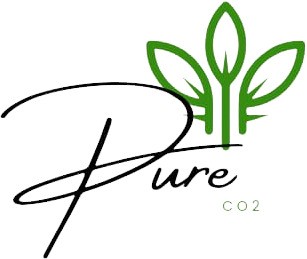







-logo.jpg)



.jpg)
